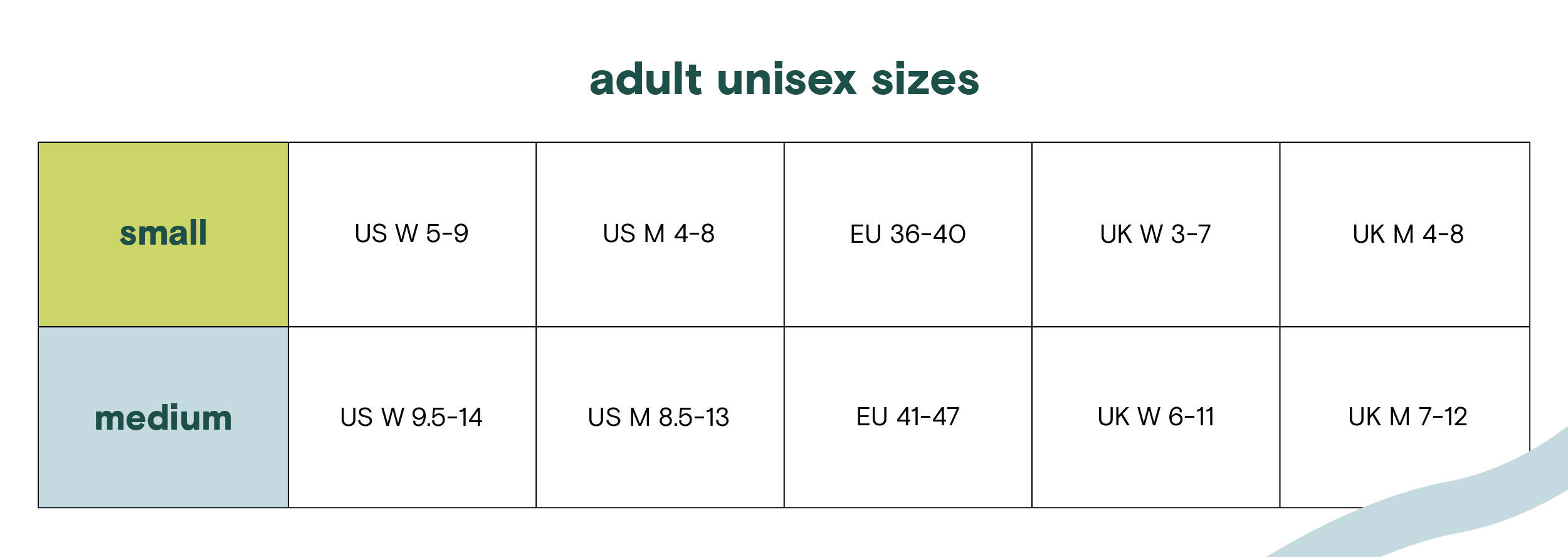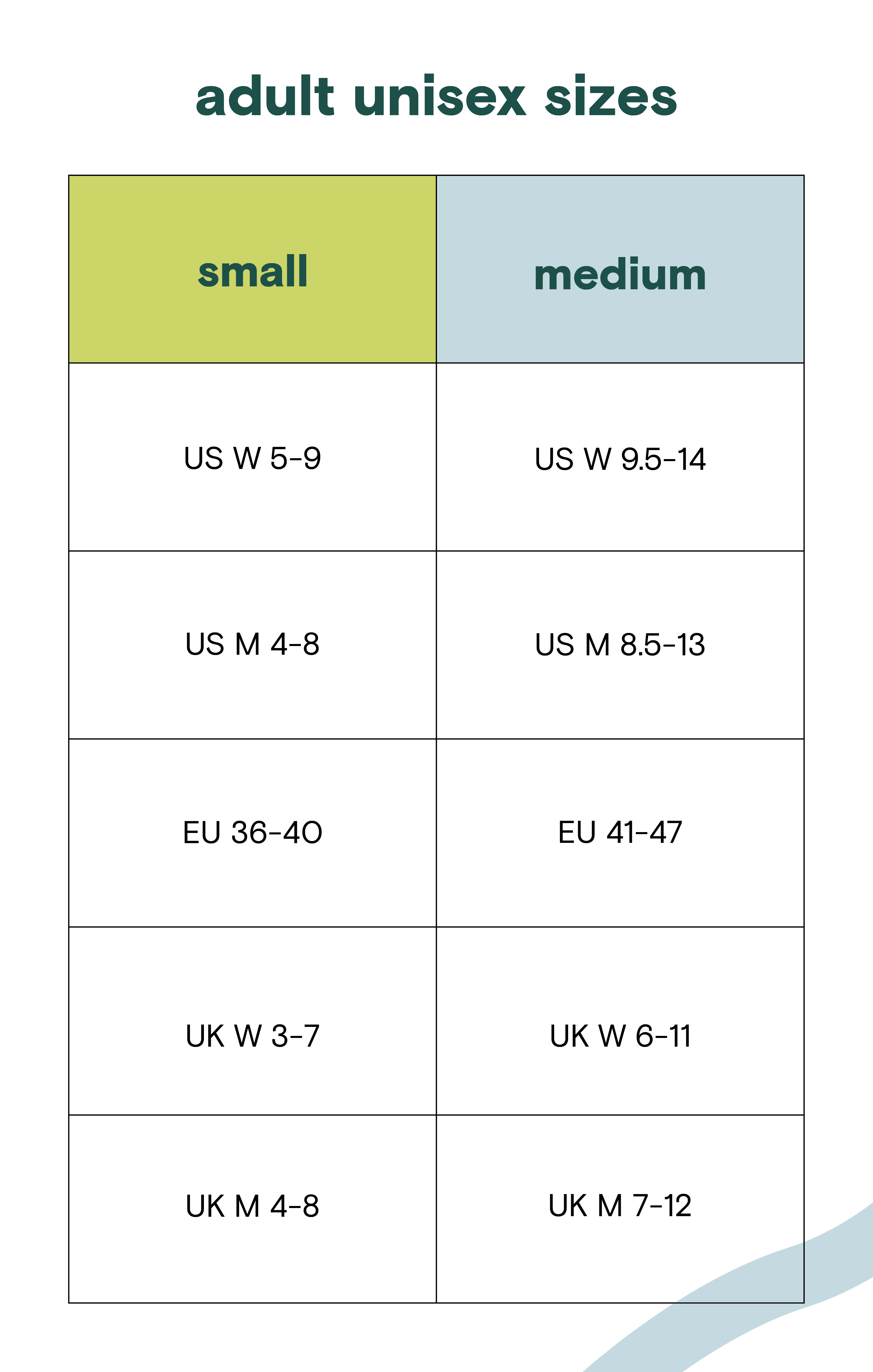The sun was setting on a clear Christmas Day in northern central Nepal. Struggling up the side of the mountain on which the village was built, some 1000m / 3400 ft above sea level, I was thankful that my protesting cardiovascular system was warding off the otherwise freezing night. Accompanied by Gopi and Kailash, our local program managers, we were visiting a Nepali literacy class as part of the program our small NGO, Light the Way, had rolled out during the preceding two years. Spearheaded by James Centenera, a college alumni and McKinsey consultant, James had recruited a handful of his peers to create, implement and manage the program; including myself and Conscious Step cofounder Prashant. I’d been tasked on this occasion with visiting the village to review the effectiveness of our literacy and income generation programs.
We were given a warm welcome by the tiny classroom of less than ten students and one teacher. Two things stood out. First, the students themselves - they were all women, between the ages of 20 and 50. Second, the conditions of learning environment. The dilapidated classroom had been generously provided by one of the students. Bamboo mats, brought by the women, were the only thing separating their colorful saris from the dusty cement floors. But, perhaps the most surprising thing was lack of lighting. The students were crowded around three handheld lamps, which allowed them to fill their workbooks as the teacher recited Nepali script from the blackboard.

What struck me immediately, and remained long after I’d returned home, were the lengths to which these women would go to educate themselves. These women would wake at the crack of dawn, prepare their children for school, and spend all day traversing the mountain carrying backbreaking loads to make money while their husbands worked in the cities. Then, after putting their children to bed, would walk miles to a dark dusty room to learn to read by lantern light. I’d literally lost count of the amount of times I’d slept through a 9 AM lecture, which took place only minutes from my college dorm.
Why Education is Crucial to the Future of Humanity
When we started Conscious Step, we didn’t want to create another one-for-one business model. We wanted to connect people with the world’s biggest, most pressing problems.We wanted to give the everyday man and woman a medium by which they could absolve the root causes of each problem.
This was why we were so attracted to the United Nations development agenda - the UN Millennium Development Goals. While certainly not free of criticism or room for improvement, at the time they represented humanity’s best attempt at a global to-do list. Their successors - the Sustainable Development Goals - will build upon these lessons when they’re adopted by the world later this month. We decided that by creating a sock for each of these global goals, we could connect people to the issues with the most gravity and the organizations making the greatest headway.
Which brings us back to the beginning of this post. “Quality Education “ is sustainable development goal #4. Having witnessed firsthand the importance of education in the developing world, and having worked directly with other great organizations like Room to Read in this field, we learned that education is a lot more than reading, writing and arithmetic. Fundamentally, learning is an investment in a country’s people as well as its future. It opens doors while expanding opportunities and freedoms. This was something that was much better understood by the Nepali village women than I. The following list of the benefits of education was taken from an exhibition on display at the United Nations Headquarters in New York, from September - November in 2010.
- Education beats poverty: one extra year of schooling increases a person’s earnings by up to 10%. 171 million people could be lifted out of poverty if all students in low-income countries left school with basic reading skills.
- Education promotes gender equality by helping women control how many children they have. In Mali, women with secondary education or higher have an average of three children, while those with no education have an average of seven children.
- Education reduces child mortality: a child born to a mother who can read is 50% more likely to survive past age five. In Indonesia, child vaccination rates are 19% when mothers have no education and 68% when mothers have at least secondary school education.
- Education contributes to improved maternal health:women with higher levels of education are most likely to delay and space out pregnancies, and to seek health care and support.
- Education helps combat HIV, malaria and other preventable diseases. In addition, it facilitates access to treatment and fights against stigma and discrimination.
- Education encourages environmental sustainability. It allows people make decisions that meet the needs of the present without compromising those of future generations.
- Education helps global development. An estimated $16 billion in aid is needed annually to reach the EFA goals in poor countries. However, in 2008 poor countries received only $2 billion in aid for basic education. The worldwide military expenditure for 2009 was $1.5 trillion.
An Organization Changing the World: 10,000 libraries in 10 years

In December of last year, 2014, Conscious Step was incredibly excited to reveal our new education partner, Room to Read. Room to Read’s founder and board co-chair, John Wood, launched Room to Read in 1999 after a trek through Nepal, where he visited several local schools. He was amazed by the warmth and enthusiasm of the students and teachers, but saddened by the shocking lack of resources. Driven to help, John quit his Senior Executive position with Microsoft and built a global team to work with rural villages to build sustainable solutions for their education challenges.
In 15 years, Room to Read’s achievements are nothing short of incredible. They have brought education to children in 10 developing countries, throughout Asia and Africa, by building more than 1,900+ schools and opening 17,000+ libraries. They have published 1,100+ books in local languages and have distributed 15.5+ million books. Over 9.7+ million children now have access to this network. These amazing results and their unwavering dedication to action is spearheaded by a fundamental acknowledgment of the importance of education, which is reflected in their mission and vision.
“Room to Read believes that World Change Starts with Educated Children. We envision a world in which all children can pursue a quality education that enables them to reach their full potential and contribute to their community and the world. Room to Read seeks to transform the lives of millions of children in developing countries by focusing on literacy and gender equality in education. Working in collaboration with local communities, partner organizations and governments, we develop literacy skills and a habit of reading among primary school children, and support girls to complete secondary school with the relevant life skills to succeed in school and beyond.”

Room to Read benefits from an army of volunteers around the world, an organized network of local chapters in North America, Australasia, Asia, the Middle East, and Europe.
By relying on local personnel and resources, joining forces with liked-minded NGOs, testing first before expanding, and by not being afraid of the unknown, Room to Read continues to shine the light of education into the four corners of the developing world.









0 comments